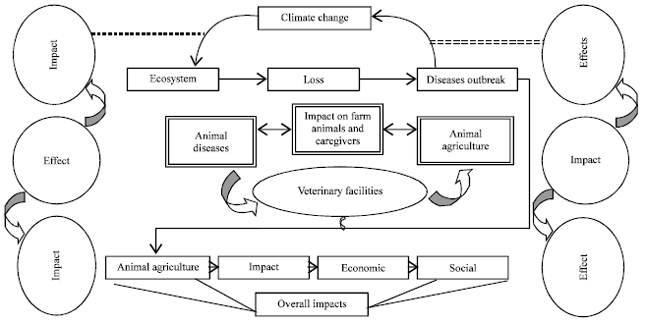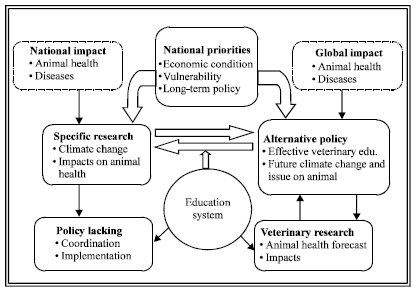Research Article
An Analysis of Animal Health and Veterinary Facilities in Coping the Climate Change in Bangladesh: What Education System can Offer for the Benefit
Faculty of Economics and Administration, University of Malaya, 50603 Kuala Lumpur, Malaysia
Gazi Mahbubul Alam
Institute of Education, International Islamic University Malaysia, Jalan Gombak, 53100 Kuala Lumpur, Malaysia
Abdul Jalil Bin Othman
Faculty of Education, University of Malaya, 50603 Kuala Lumpur, Malaysia










